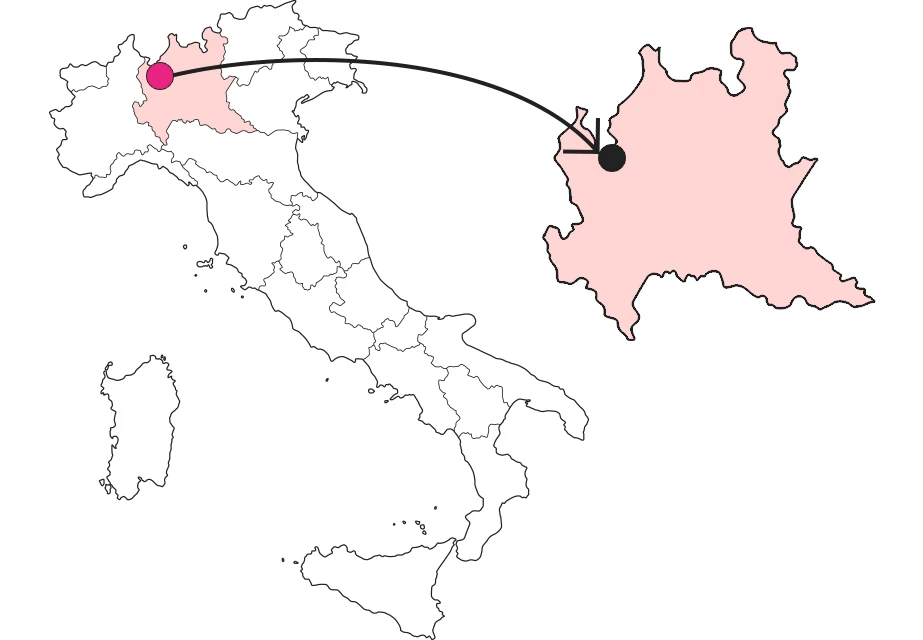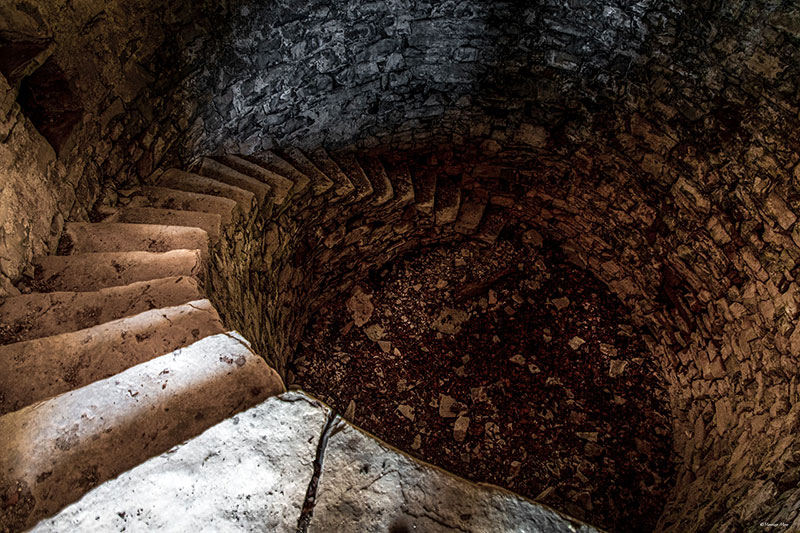SHARRYLAND


Cheesemakers among the nevere
The path of the snows: a journey of discovery of the mountain landscape


Where is

The path of the snows
It often happens that we walk in the countryside or in the mountains and come across old half-hidden structures, or rows of trees placed there by man for who knows what reason, so much so that, sometimes, we do not even notice that there is actually a pattern behind their position. In the wake of similar reflections, from Casasco d'Intelvi starts the "nevère" trail that runs along mountain paths encountering these agricultural structures once used by farmers to cool their freshly milked milk and then spann it, and many other details related to rural life in the past. In order to be able to see all these "finds," however, it is necessary to step back in time, and try to understand what life was like for the people of Intelvesi until a few centuries ago.
 Nevera of the mouth of Orimento
Nevera of the mouth of OrimentoFarmers' life
Farmers lived in farmsteads surrounded by arable land, usually on terraced shelves, owned or rented, and also took care of the stable. Very large farming families owned at most one or two cows, in limited numbers depending on the land available for fodder, which was cut only once a year. In the cold months, women tended the cattle and men became woodcutters, planting potatoes and rye. The cows had to be milked at dawn each day, and the milk was used within the family or taken to the dairy. Toward the end of the 1800s farmers formed consortia to produce dairy products, and dairies sprang up in the villages. The one in Cerano d'Intelvi, for example, was established on March 15, 1899. The purpose was to use small amounts of milk from households for the purpose of a better dairy yield. The hired dairyman was responsible for recording the quantities of milk delivered by the producing members and then distributing the finished products equally. Farming families ceased delivering milk to the dairy in the summer months, when the cattle went up to the mountain pasture.
In the alpine pastures
The communal alpine pastures were rented by the "alpée," who kept the families' cattle in boarding houses for a fee, leaving the "famèll" to look after the grazing herds. Up there in the "alp" the days were punctuated by milking at dawn and going up to the pasture, where the herds would stay for the entire day drinking at the bolle, semi-natural reservoirs for collecting rainwater. The bullae were covered at the bottom with beech leaves, ash, dung and clay; the animals entering the water by trampling promoted the compacting of the bottom and, thus, waterproofing. The herdsman had the task in the lease to keep the bubble clean and active with its water-collecting loading ditches. Scenic still to this day are those in the Tellero, Grande and Lenno alps.
Livestock in the hottest parts of the day could shelter in the meriggi, which were made by usually planting beech trees in a circle. To this day still visible and not encompassed by the forest in the alps: of Claino, Ponna and Mt. Tellero. The fronds of the ash trees, on the other hand, were bent and pruned in order to create the "ciuende": impenetrable barriers to separate grazing livestock from scythe meadows and arable land; still in vogue in the Ossuccio alps. In case of thunderstorms, the "sòstre" were the most suitable shelters: constructions with a rectangular plan with arches open on one side and a piöde roof. To visit, for example, in alpe Grande, Pian delle Alpi and alpe Squadrina.
 Interior of the nevera of Pesciò
Interior of the nevera of PesciòThe nevère
The shepherds used to prepare the various milk products in the manse and would descend to the villages to deliver the cheeses to be aged in special cellars and the butter, obtained after spanneling the milk, with the "penàgia" (churn). The butter that came out of the churn was washed, kneaded by hand and placed in wooden molds of different sizes and, therefore, different weights decorated with border motifs with, in the center, cows and/or flowers. In the summer, it was necessary to place the milk in the "nevère" immediately after milking so that it would remain cool and the hot temperatures would not ruin its future spannatura. These are circular or square structures with the entrance facing upstream and up to 4 meters deep underground. Snow was pressed inside them, then covered with rice husks or beech leaves to preserve it. In order to keep the internal temperature low, beech, ash or maple trees were planted all around. Frasche and foliage were also placed in contact with the walls. The coolness persisted until summer in order to cool milk and also to store butter and other foods.
Now that you know these ancient customs you can set off along the path of the nevère: rest assured that you will notice these little treasures of rural life that still stubbornly survive modernity.


